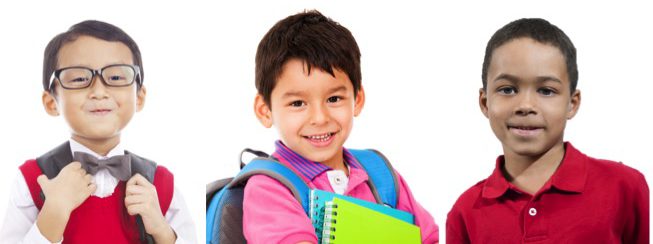Only 16% of African-American students in California met or exceeded the math standards tested in 2015 by the new Common Core assessment test. This is in stark contrast to 69% of Asians and 49% of whites and corresponds to a well-documented and long-standing racially demarcated achievement gap. As disturbing as these results are, because the achievement gap is nothing new, teachers and administrators might even expect to see them.
But do those expectations matter?
According to the infamous Pygmalion effect, which is equivalent to a self-fulfilling prophecy, they do matter tremendously. More recent findings, along with numerous studies conducted over the past four decades, have found that unconscious teacher expectations can account for 5-10% of the variance in racially disparate student achievement data.
Now, those numbers are small relative to the immense challenges that our most under-resourced students have to overcome. And there are funding and skill inequities that system-wide reforms should address. But there are things that you can do right now in your classroom to address the role that teacher expectations have on performance. These simple brain-based strategies can help your students most in need and only require a commitment and a few minutes out of your day.
The most effective means of boosting expectations is to overcome our implicit biases by building familiarity. A compelling study that looked at fear responses in the brain to pictures of people of varying genders are ethnicities found that faces of unknown black men reliably prompted the largest fear response, even in brains of black men. While this is indeed a disheartening finding, there was a silver lining. Images of familiar black men (like Magic Johnson) did not prompt this response. The conclusion here is that familiarity quiets the learned fight or flight response that all of us are subject to when viewing unfamiliar black male faces.
However, because the brain is remarkably adaptable, spending time building relationships with your students (we have many suggestions on how to do that here), is an evidence-based approach to overcoming our own unconscious biases. Find out where they live, what they like to do, and what their goals are in life.
In part two of this series, we will ask why we even hold implicit biases and discuss how practicing filtering for the positive will allow us to use our remarkably plastic brain to beat our biases.


One thought on “Using our Brain to Beat our Biases (Part 1)”
Comments are closed.